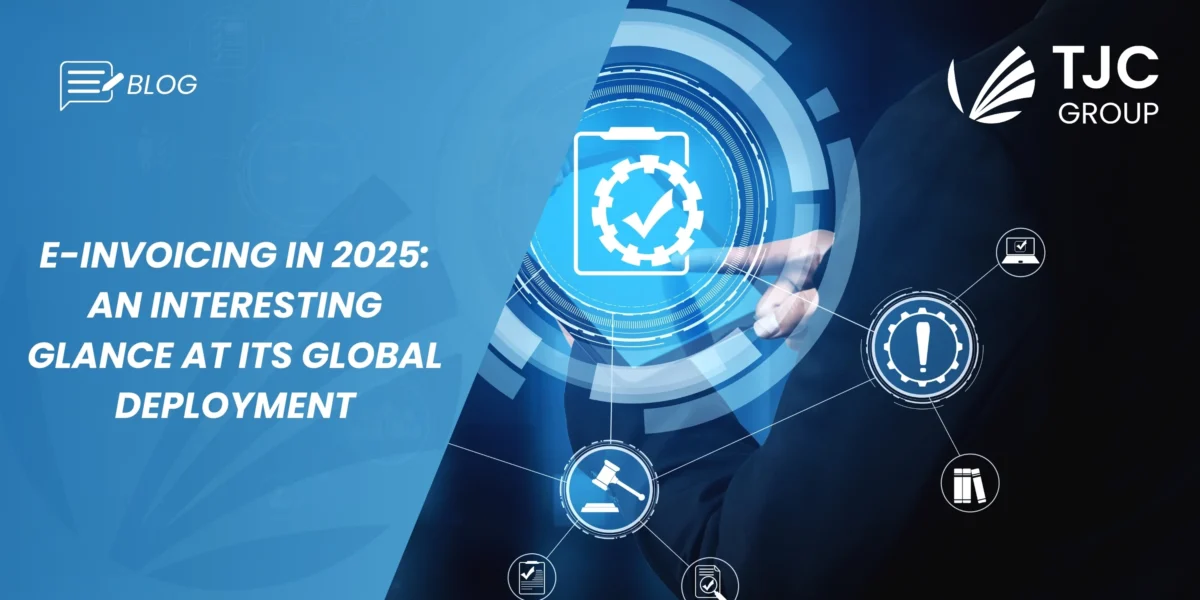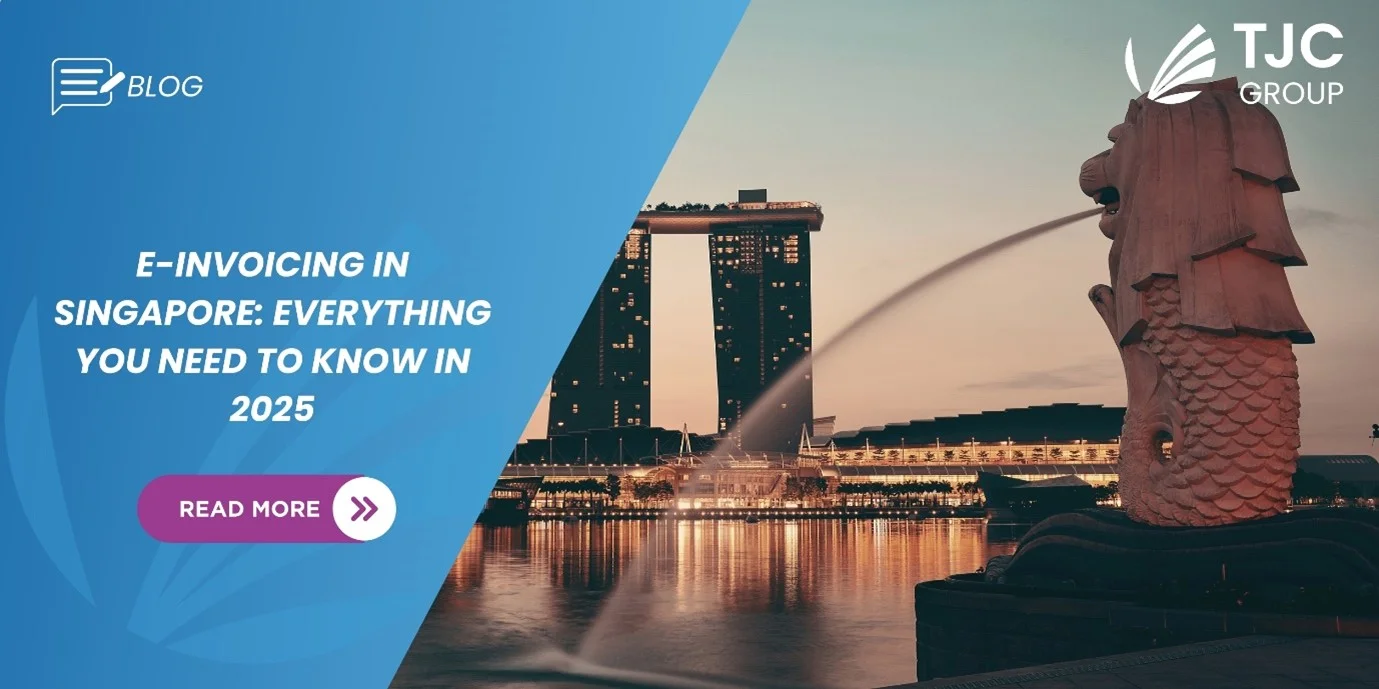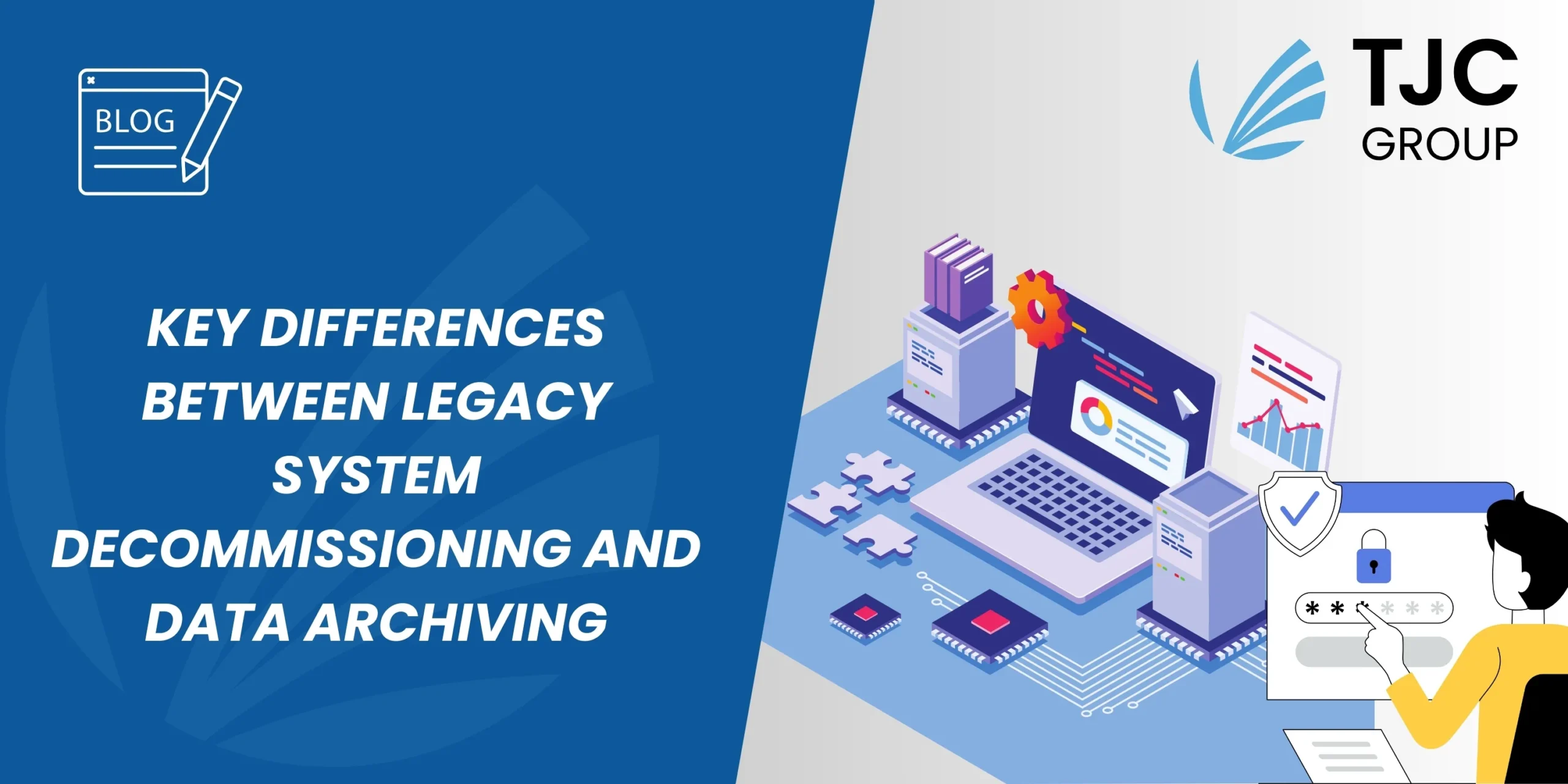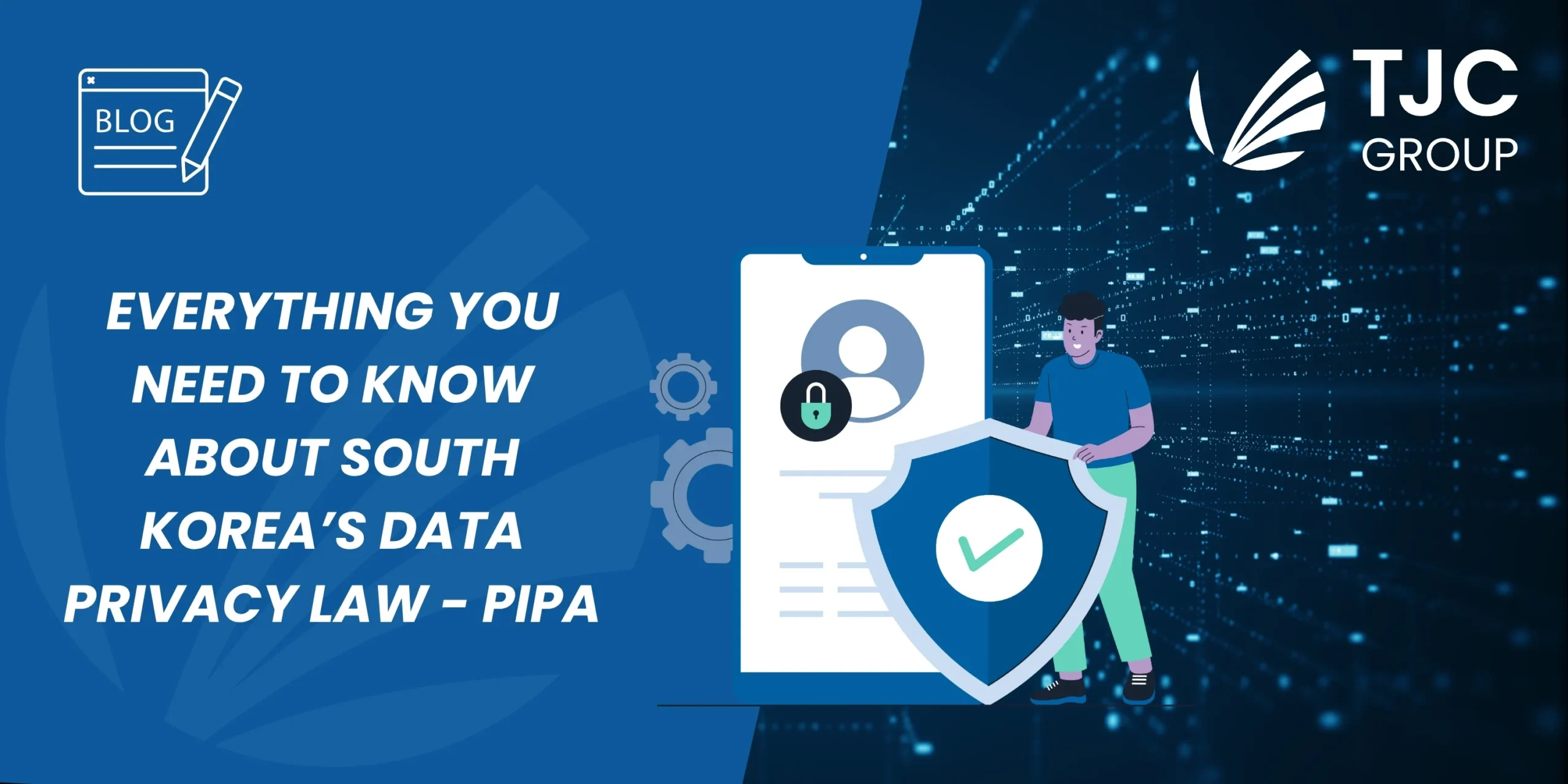Author: Priyasha Purkayastha, Global Content Manager, TJC Group
With the world moving towards more automated and efficient solutions, e-invoicing and e-reporting have genuinely been a game changer in the tax landscape. With several countries like Brazil, Italy, Spain, and so on already implementing electronic invoicing, many other countries have followed the same. As a matter of fact, e-invoicing in 2025 is a massive move forward, with a plethora of countries mandating it. Read this blog to find out about the global deployment of electronic invoicing and reporting.
Table of contents
A brief overview of e-invoicing and e-reporting
What do you need to know about e-invoicing?
Electronic invoicing or e-invoicing is the process of electronically billing invoices between a buyer and supplier. The invoice has the same information as a paper invoice, like the purchase order, line items, credit notes, purchase amount, etc. However, keep in mind that e-invoices and digital invoices are two different things. Digital invoices are PDFs or scanned documents containing unstructured data, while e-invoices contain structured data that are exchanged and processed automatically by accounting and ERP systems. As a matter of fact, e-invoicing contributes to making business operations more seamless by directly transmitting the e-invoices into the customer’s ERP in just a few seconds. Electronic invoicing is unfolding progressively worldwide, with more and more countries joining the list of adapting the solution. Overall, e-invoicing not only automates the process but also helps save money.
What do you need to know about e-reporting?
Adding to the gains of the organisations for tax compliance is e-reporting – a process in which vendors can directly and electronically transmit data pertaining to value-added tax (VAT) to the tax authorities. The entire electronic reporting solution not only simplifies the process between organisations and tax authorities but also ensures the real-time reporting of the transmitted data. Additionally, with the e-reporting mandate, tax authorities can also better estimate the VAT information, track performances and trends in the economy, and detect errors, fraud, and inconsistencies early. It is essential to keep in mind that although e-reporting requirements are majorly linked to e-invoicing in 2025 mandates, the process can also be a stand-alone one. Apart from this, note that electronic reporting can vary depending on the type of transaction done. The majority of the countries opt for a centralised model for e-reporting; however, some countries have a decentralised model as well.
Want more in-depth information on global e-invoicing and e-reporting? Click on the button below:
E-invoicing in 2025 | Implementation across the world
Countries that have already adapted to e-invoicing & reporting
You’d be surprised to know that e-invoicing has been around since 2008, with Brazil being the first country to mandate it. Interestingly, Brazil introduced the clearance electronic invoicing model, which enabled the country’s tax authorities to receive and clear invoices before suppliers could issue them. This model was later adopted by many Latin American (LATAM) countries. Consequently, Italy mandated the e-invoicing & reporting solution for B2G transactions in 2014, followed by B2B and B2C transactions in 2019. Italy was the first European country to implement electronic invoicing.
After Italy, Spain was next in line, which introduced its SII live invoice reporting in 2017. This put in place the electronic provision of relevant VAT data for invoices issued and received by the Spanish Tax Agency (AEAT). Consequently, Spain’s SII qualifies as a CTC model, emphasising making e-invoicing mandatory for large taxpayers by October 2025 and for the rest by 2026.
Apart from this, other European nations that have already implemented electronic invoicing are Romania and the United Kingdom. In Romania, B2G electronic invoicing has been in place since July 1st, 2022, using the RO eFactură protocol, while for companies, it was implemented in January 2024. In the United Kingdom, however, electronic invoicing comes with an exception. While it is mandatory for public health systems as recommended by the Tax Authority, it is voluntary for B2G and B2B transactions.
Countries set to implement global e-invoicing and e-reporting
With the benefits that global e-invoicing and e-reporting come with, there’s no doubt that several countries are all set to implement the solution in 2025 and the coming years. Here is a non-exhaustive list of the countries –
Germany
Germany’s shift towards electronic invoicing for domestic B2B transactions reflects not just the country’s focus on effective operations but also sustainable solutions. Domestic B2B e-invoicing in Germany received approval from the European Commission (EC), setting its grounds for mandatorily implementing the solution in the sector. The authorities plan on implementing electronic invoicing in the domestic B2B sector in a phased manner, starting in 2025.
Singapore
The Inland Revenue Authority of Singapore (IRAS) announced the new mandate for Singapore’s e-invoicing in 2025 for the B2B sector. A key point to keep in mind here is that organisations registered with Singapore’s GST network must use InvoiceNow to send data to the IRAS. Nonetheless, the revenue authority has a defined time frame for registered organisations to implement electronic invoicing in a phased manner, starting from May 2025. While the mandatory implementation of electronic invoicing stands only for the B2B sector for now, the government plans to implement the same for B2G in the near future.
Read more about e-invoicing in Singapore here:
Malaysia
If you look closely, you will see that the majority of the countries implement electronic invoicing and reporting in a phased manner. Precisely, this is to ensure a smooth transition. Adding to the list in Malaysia that is looking for a full-scale e-invoicing implementation this year. The roll-out of the process is meticulously planned, considering the turnover or revenue thresholds. As a matter of fact, this provides taxpayers with ample time to prepare and adapt the mandatory implementation.
Interestingly, the phased implementation started back in 2024, when it was mandatory for taxpayers with an annual turnover of more than RM100 million. In 2025, the second phase kicked off with taxpayers having a yearly revenue of more than RM25 million and up to RM100 million, implementing global e-invoicing and e-reporting. The final phase of the implementation is expected to start on July 1st, 2025, wherein all taxpayers, regardless of their turnover, must adapt to the electronic invoicing landscape.
New Zealand
The Government of New Zealand is all set to increase the number of entities receiving and issuing structured e-invoices by 2026. The country’s Economic Development Minister, Hon Melissa Lee, and Small Business and Manufacturing Minister, Hon Andrew Bayly, jointly announced an important update on November 5th, 2024. The update stated the pivotal rewrite of Rule 51 in the Government Procurement Rules, marking an important step towards the implementation of enhanced e-invoicing capabilities across government agencies.
As per the update, a broader range of government agencies must mandatorily implement e-invoicing to send and receive e-invoices. Again, the implementation will be in two phases, with entities with faster payment obligations starting in 2025. In the first phase, approximately 135 government entities will have to settle 90% of all electronic invoices pertaining to domestic trade within 10 business days. In the second phase, this will increase to 95%, which will be implemented in 2026. As a matter of fact, the updated rule goes beyond central government agencies to help establish and adhere to accelerated payment standards, furthermore, encouraging more consistent and transparent e-invoicing in 2025 and the future.

Poland
In Poland, the government introduced structured invoices – KSeF- making it mandatory for taxpayers starting in 2026, per the latest decision made by the European Commission (EC). In fact, just recently, the Ministry of Finance in Poland published its updated KSeF electronic invoicing schema. While some of the updates are cosmetic, a large number of them require a more profound understanding as mapping and configuration may be needed. The updated KSeF schema is called FA (3), and two of the most important changes are –
- There is a requirement for a new role for expenses related to employees in any third-party section (Podmiot3/Rola)
- The expanded VAT rate codes like P_12 and P_12Z, including any distinctions for VAT rate, are 0%.
Our B2G experts covered some more updates on the same. Click on the button below to learn more!
Conclusion
These are just a few countries that we have covered in this blog. Why? Well, the list is long, and we want you to stay on top of the updates. Global e-invoicing and e-reporting in 2025 are expected to take the plunge, making invoicing and tax compliance much easier and more comprehensive. Not just that, organisations and governments can say goodbye to manual errors, tax frauds, delays in payment, and much more.
Stay tuned for our next blog on the upcoming countries that are implementing electronic invoicing this year and beyond. Till then, if you have any questions regarding electronic invoicing and overall data management, contact us now!










